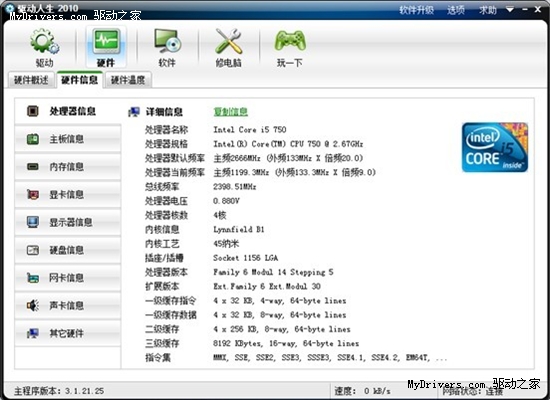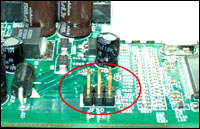mysql查询结果转换为PHP数组的几种方法的区别:
- $result = mysql_fetch_row():这个函数返回的是数组,数组是以数字作为下标的,你只能通过$result[0],$Result[2]这样的形式来引用。
- $result = mysql_fetch_assoc():这个函数返回是以字段名为下标的数组,只能通过字段名来引用。$result['field1'].
- $result = mysql_fetch_array():这个函数返回的是一个混合的数组,既可以通过数字下标来引用,也可以通过字段名来引用。$result[0]或者$result["field1"].
- $result = mysql_fetch_object():以对象的形式返回结果,可以通过$result->field1这样的形式来引用。
建议使用mysql_fetch_assoc()或者mysql_fetch_array,这两个函数执行速度比较快,同时也可以通过字段名进行引用,比较清楚。
where拼接技巧
将where语句从分支移到主干,解决where在分支上的多种情况,分支条件只需and 连接即可如where1==1等
$sql="SELECT * FROM bb where true ";
因为使用添加了“1=1”的过滤条件以后数据库系统就无法使用索引等查询优化策略,数据库系统将会被迫对每行数据进行扫描(也就是全表扫描)以比较此行是否满足过滤条件,当表中数据量比较大的时候查询速度会非常慢。优化方法
test.html
<td>商品名称:</td> <td width="200"><input type="text" class="text" name="kit_name" id="fn_kit_name"/></td> <td align="right">备案开始日期:</td> <td width="200"><input type="text" name="search[or_get_reg_date]"/><img src="images/data.jpg" /></td> <td>备案结束日期:</td> <td width="200"><input type="text" name="search[lt_reg_date]"/><img src="images/data.jpg" /></td> </tr> <tr> <td>产品经理:</td> <td><input type="text" class="text" name="search[managerid]"/></td> <?php $postData = array( 'managerid' => '21', 'or_get_reg_date' => '09', 'lt_reg_date' => '2012-12-19', 'in_id' => array(1, 2, 3), ); $tmpConditions = transArrayTerms($postData); echo $whereCause = getWhereSql($tmpConditions); // WHERE managerid like '21%' OR reg_date<'09' AND reg_date>'2012-12-19' AND id in ('1','2','3') 处理where条件的sql
<?php /** * 表单提交值转化成where拼接数组 */ function transArrayTerms($infoSearch) { $aryRst = array(); $separator = array('lt'=>'<', 'let'=>'<=', 'gt'=>'>', 'get'=>'>=', 'eq'=>'=', 'neq'=>'<>'); foreach ($infoSearch as $term => $value) { if (empty($value)) continue; $name = $term; if (strpos($term, "or_") !== false) { //添加or连接符 $terms['useOr'] = true; $name = str_replace("or_", "", $term); } if (strpos($name, "in_") !== false) { $terms['name'] = str_replace("in_", "", $name); $terms['charCal'] = " in "; $terms['value'] = "('" . implode("','", $value) . "')"; } else { $terms['name'] = $name; $terms['charCal'] = " like "; $terms['value'] = "'" . trim($value) . "%'"; } //放在else后面 foreach($separator as $charCalName =>$charCalVal){ if (strpos($name, $charCalName."_") !== false) { $terms['name'] = str_replace($charCalName."_", "", $name); $terms['charCal'] = $charCalVal; $terms['value'] = "'" . trim($value) . "'"; } } $aryRst[] = $terms; unset($terms); } return $aryRst; } function whereOperator($has_where, $useOr) { $operator = $has_where ? ($useOr === false ? ' AND ' : ' OR ') : ' WHERE '; return $operator; } /** * aryTerm transArrayTerms转化后的查询条件 * @过滤没有输入的sql查询条件并转化成where条件. */ function getWhereSql($aryTerm) { $whereCause = ''; if (count($aryTerm) > 0) { $has_where = ''; foreach ($aryTerm as $value) { $has_where = whereOperator($has_where, isset($value['useOr'])); $whereCause .= $has_where . $value['name'] . $value['charCal'] . $value['value']; } } return $whereCause; } 














